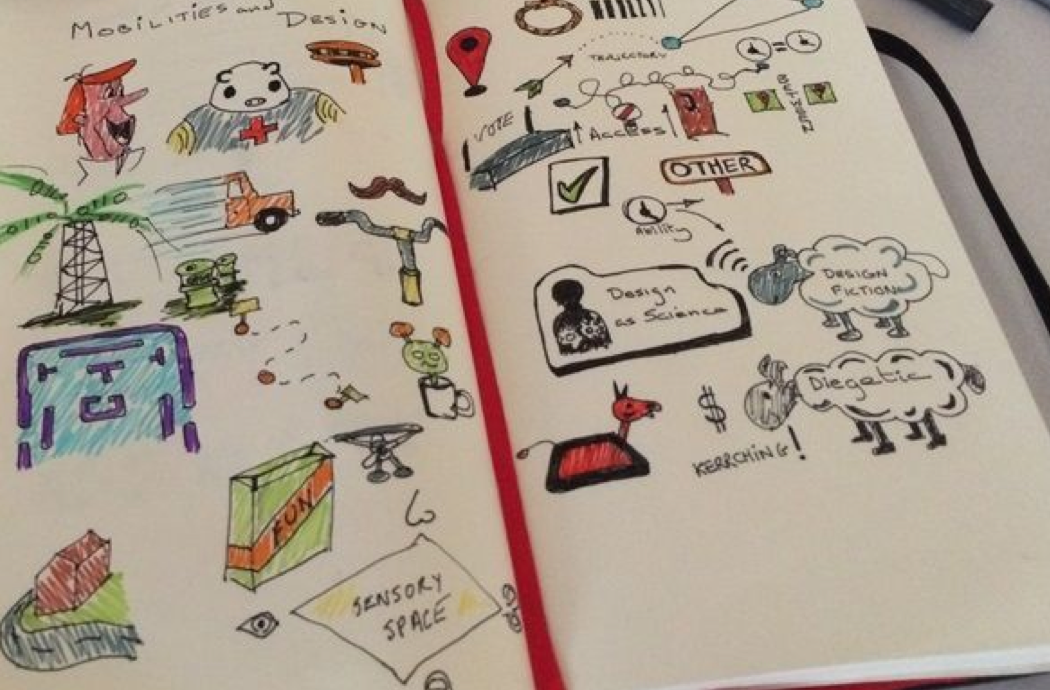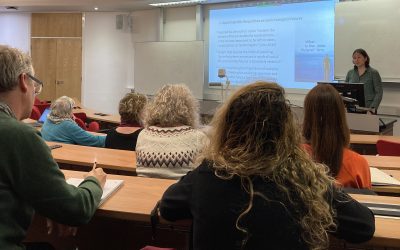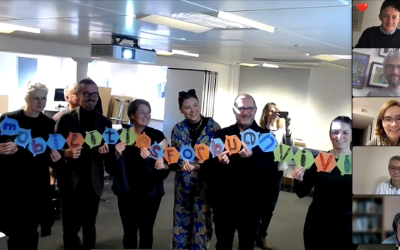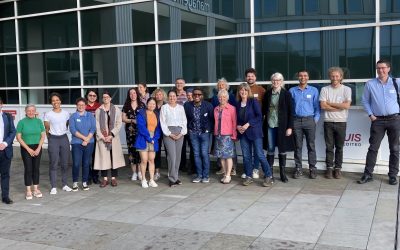In this workshop we bring a selection of practitioners and scholars from mobilities research and design together to explore the analytical and creative leverage enabled by mobilising design.
Design is about orchestrating mobilities, and ‘mobilising’ is a core skill for designers. The most interesting design approaches and theories today draw on science and technology studies, phenomenology, feminist theory and process philosophy and, more recently, mobilities research to explore ways of ‘staging’ mobilities (Jensen 2014), to acknowledge the ‘worlding’ of design through approaches of ‘design in use’, ‘design after design or ‘thing design’ (Binder et al. 2011), and to develop inventive, collaborative and mobile methods that seek to insert design creatively, accountably and radically carefully into indigenous inventiveness (Suchman 2002, Latour 2008, Simonsen et al. 2010, Sangiorgi 2011, Lury and Wakeford 2012, Owen and Sawchuk 2012). In this workshop we bring a selection of practitioners and scholars from mobilities research and design together to explore the analytical and creative leverage enabled by mobilising design in view of some of the most pressing challenges and opportunities in contemporary urban life.
Speakers include:
Thomas Binder, Danish Design School, Copenhagen, Denmark
Paul Coulton, Lancaster Institute for Contemporary Arts, Lancaster University
Anne Galloway, School of Design, Victoria University of Wellington, NZ
Design Culture Lab, New Zealand – Aotearoa (Video talk & Skype Q&A)
Ole B. Jensen, Aalborg University, Denmark
Kim Sawchuk, Concordia University, Canada (Video talk & Skype Q&A)
Jesper Simonsen, Roskilde University, Denmark
Discussant: John, Urry, Centre for Mobilities Research, Lancaster University




